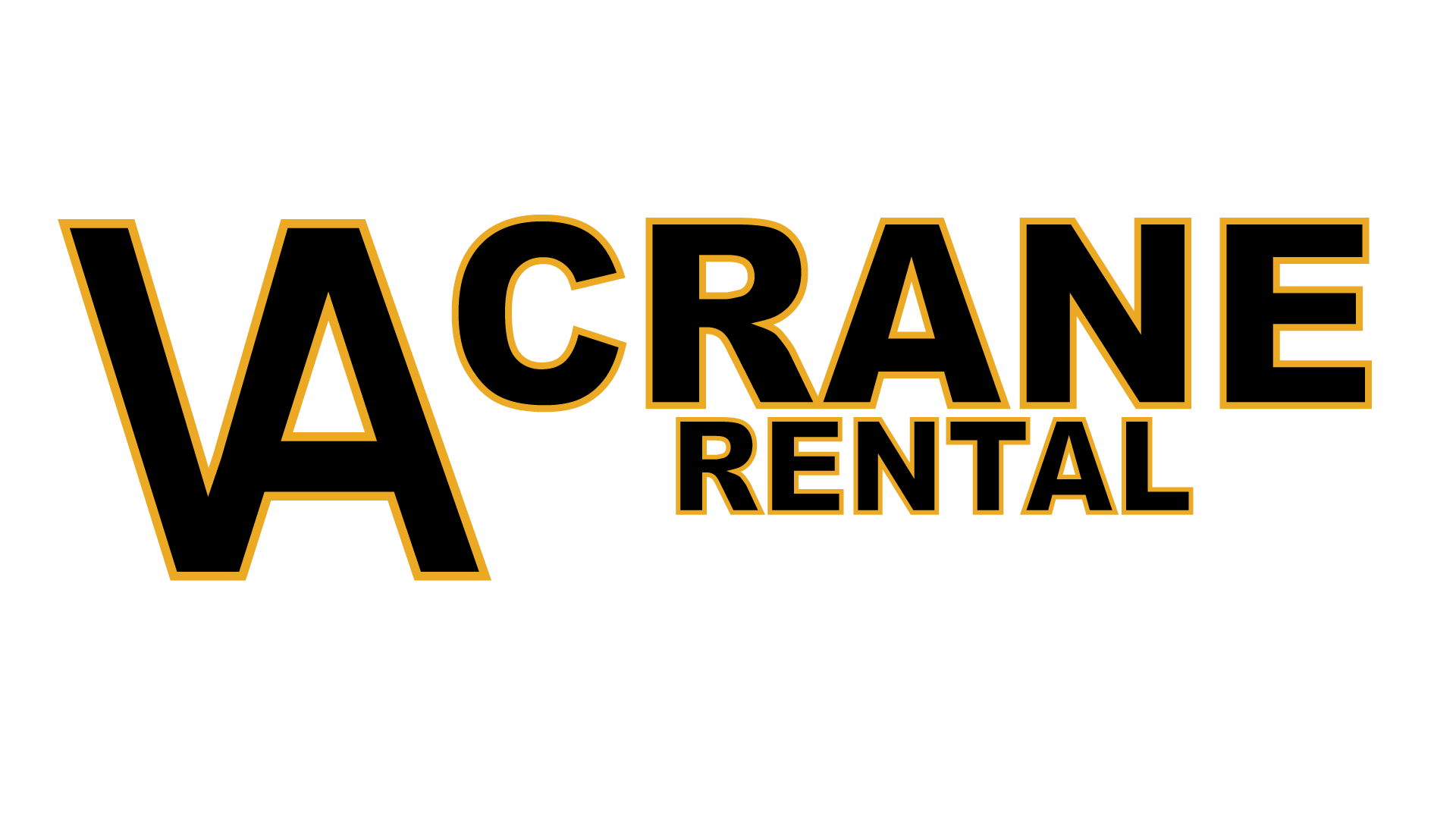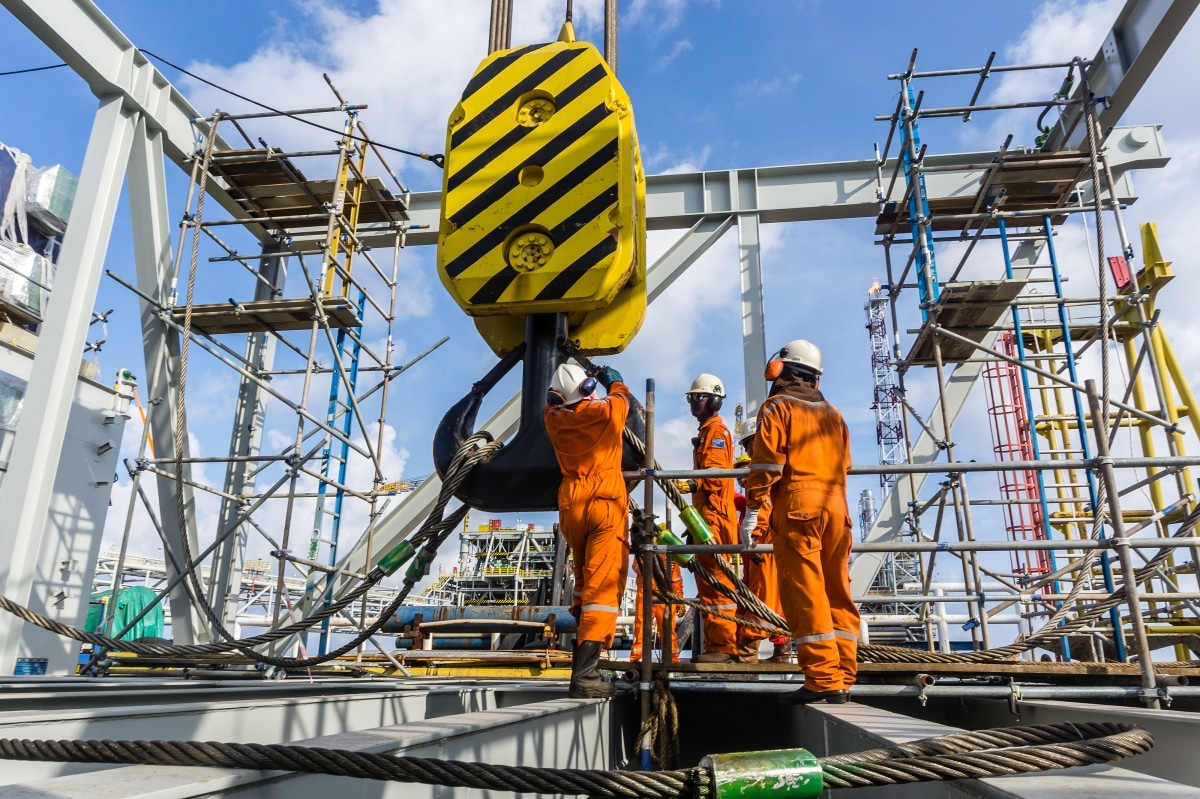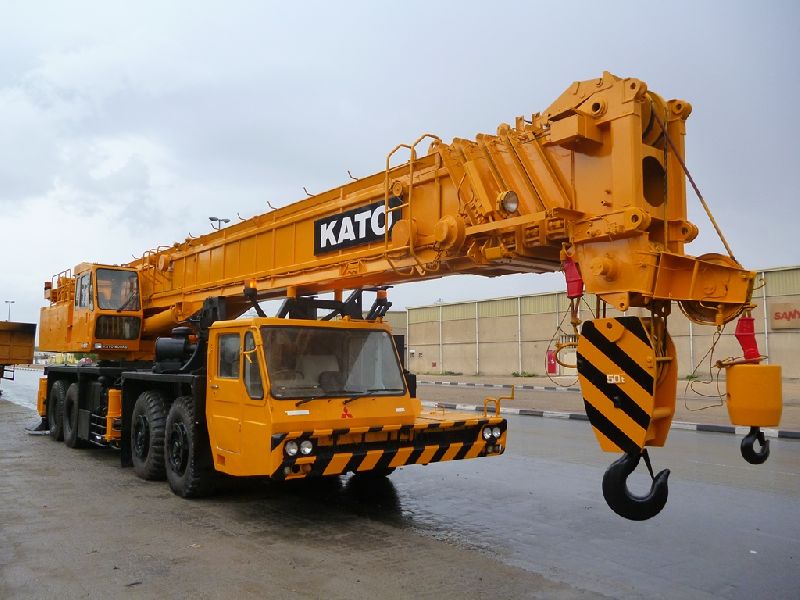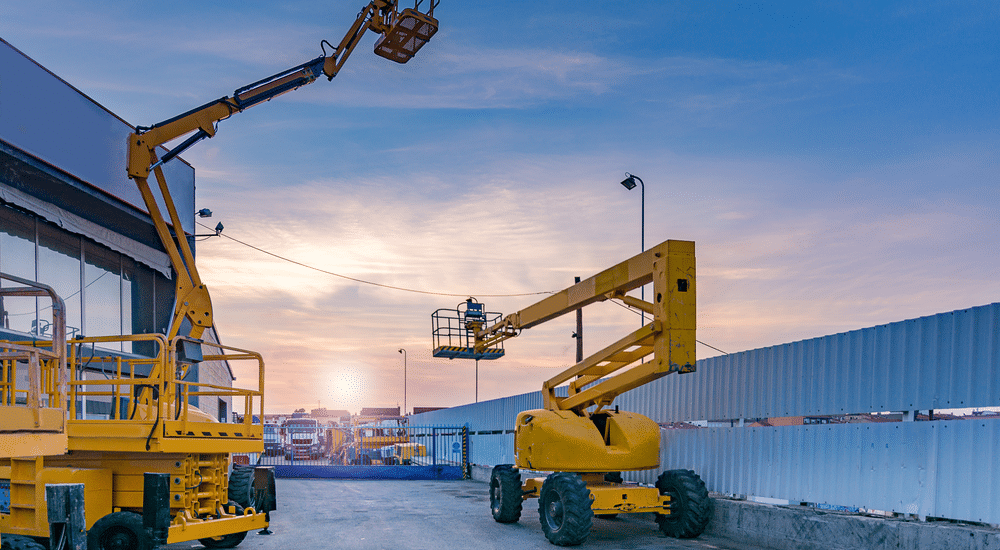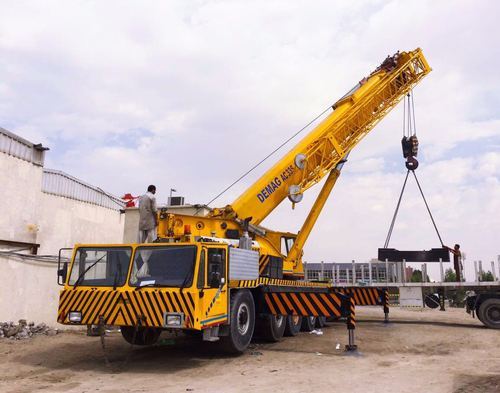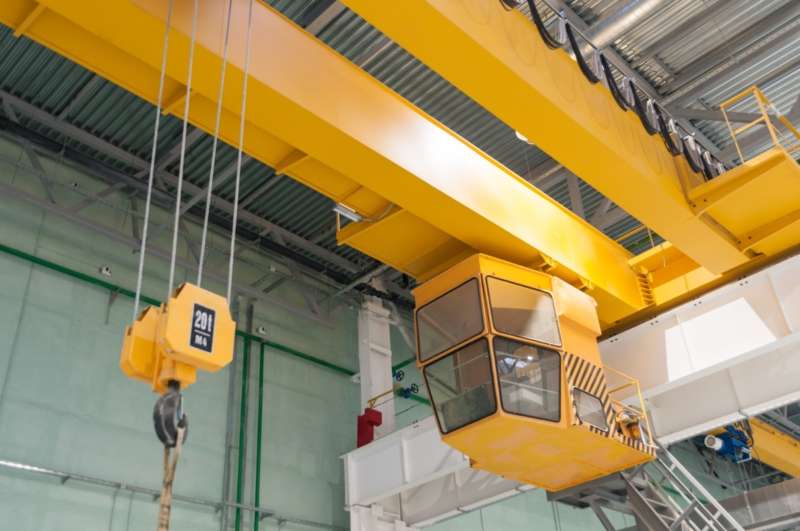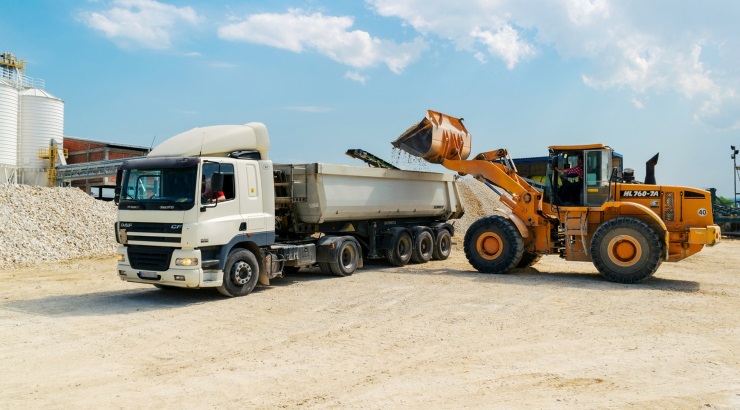As a crane operator, your role is vital in ensuring the safe and efficient lifting of heavy loads on construction sites and industrial projects. The responsibility of handling powerful machinery and substantial weights demands strict adherence to safe lifting practices. By following established safety protocols, you not only protect yourself but also safeguard your colleagues, the equipment, and the entire work environment. In this guide, we will explore essential safe lifting practices that every crane operator should prioritize.
- Know Your Equipment
Before operating any crane, familiarize yourself with the specific model and its capabilities. Understand the load chart, lifting capacities, and limitations of the crane. Each crane is designed to handle certain loads under particular conditions, and operating outside these parameters can be dangerous. Conduct thorough pre-operation inspections, checking for any potential issues with the crane’s mechanical components, hydraulics, and safety devices.
- Rigging and Slinging Safety
Proper rigging and slinging of the load are critical for safe lifting operations. Always use approved and appropriately rated slings, hooks, and rigging equipment. Inspect all rigging gear before use, looking for signs of wear, damage, or defects. Ensure that the load is evenly distributed and securely attached to the rigging points to prevent any imbalance during lifting.
- Conduct Pre-Lift Meetings
Before each lifting operation, hold pre-lift meetings with all involved personnel, including riggers, signalpersons, and any other relevant team members. Review the lift plan, communicate clear signals and procedures, and ensure everyone understands their roles and responsibilities during the lift. Encourage an open and proactive communication culture to address any concerns or potential hazards.
- Observe Environmental Factors
Be aware of environmental conditions that may affect crane stability and lifting operations. Strong winds, rain, snow, or extreme temperatures can impact the crane’s performance. Avoid lifting loads in adverse weather conditions and always follow manufacturer guidelines regarding safe operating parameters.
- Respect Load Limits
Adhering to load limits is paramount for safe lifting. Never exceed the crane’s rated capacity or lift loads beyond the specified boom length and radius. Consider dynamic loading and shock loading effects when starting or stopping a lift to prevent overloading the crane.
- Maintain Safe Distances
Maintain safe distances between the crane and any obstacles, including other structures, power lines, and personnel. Beware of swing radius and potential crush zones, especially during slewing or lifting operations. Utilize spotters and signalpersons to help the crane operator navigate safely around the job site.
- Monitor Load Stability
Keep a constant eye on the load and its stability during lifting operations. Avoid sudden or jerky movements that could cause the load to swing uncontrollably. Smooth and controlled lifting and lowering actions help maintain load stability and prevent accidents.
- Use Load Moment Indicators (LMIs)
Load Moment Indicators (LMIs) provide real-time feedback on the crane’s load and operating conditions. Familiarize yourself with the LMI readings and respond promptly to any warnings or alarms. LMIs play a crucial role in preventing overloading and ensuring safe lifting operations.
Conclusion
As a crane operator, safety should always be your top priority. Adhering to safe lifting practices, knowing your equipment, and maintaining open communication with the team are essential for accident prevention and the success of lifting operations. By embracing a safety-first approach, you play a crucial role in fostering a secure work environment where everyone can carry out their duties with confidence and peace of mind.

